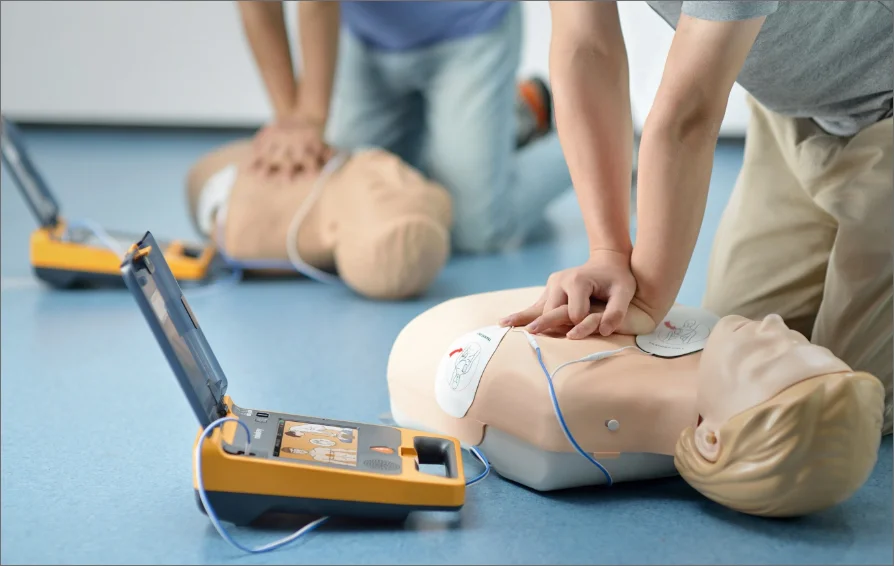In an emergency, an Automated External Defibrillator (AED) can be the difference between life and death. But knowing when should the rescuer operating the aed clear the victim is just as critical as using the device itself. The phrase “clear the victim” is commonly heard when operating an AED, but many people are unsure about the exact timing of this action. In this guide, we’ll cover why it’s so important to clear the victim and when exactly this step should be performed during AED use.
What Does It Mean to “Clear the Victim” During AED Use?
“Clearing the victim” refers to ensuring that no one, including the rescuer, is in contact with the victim while the AED delivers a shock. This is a crucial safety step. When the AED is ready to deliver a shock, all individuals must be a safe distance away from the person receiving treatment to avoid the risk of electrical shock. The AED will often prompt the rescuer with a “Clear!” command, indicating that it’s time to step back and make sure no one is touching the victim.
Clearing the victim ensures that the AED can administer the shock safely and that rescuers are protected. This step must be followed without hesitation to prevent any accidents during the defibrillation process.
When Should You Clear the Victim During AED Use?
The process of clearing the victim begins once the AED analyzes the victim’s heart rhythm. After the device analyzes, it will notify the rescuer whether a shock is needed. If a shock is indicated, the AED will prompt you to clear the victim before delivering the shock. At this point, you must:
- Ensure that no one is touching the victim.
- Step away from the victim to allow the AED to safely deliver the shock.
- Wait for the AED to signal that the area is clear before it administers the shock.
In healthcare settings, professionals may already be following strict protocols for when to clear the victim based on real-time monitoring. In public settings, it is vital for bystanders to know this step to ensure a safe and effective resuscitation process.
The Risks of Not Clearing the Victim
Not clearing the victim at the right time can result in a range of dangers, including potential harm to both the rescuer and the person receiving treatment. If someone is touching the victim while the AED delivers a shock, there is a risk of electrocution. Additionally, if the victim is not fully cleared, the AED may not effectively shock the heart, reducing the chances of a successful resuscitation.
It is critical that rescuers listen to the AED’s instructions carefully and clear the victim before administering the shock. This action should be done quickly and decisively, as delays can affect the patient’s chances of survival.
Best Practices for Using an AED Safely
To ensure the AED is used safely and effectively, follow these best practices:
- Follow the AED prompts: Always listen to and follow the device’s voice commands. The AED will guide you through each step.
- Check the victim’s condition: Before using the AED, make sure the victim is unresponsive and not breathing.
- Stay clear: Always clear the victim before the shock is delivered, and ensure that no one is touching the victim during the process.
- Keep calm: Stay focused and follow the steps as instructed. Panic can delay crucial actions, so remain calm while operating the AED.
Conclusion
Knowing when to clear the victim during AED use is vital for the safety of both the rescuer and the victim. By following the AED’s prompts and ensuring the victim is clear of all contact, you significantly improve the chances of a successful outcome. Whether you’re a healthcare professional, a caregiver, or someone looking to be prepared for an emergency, proper AED training is crucial. Visit Simple CPR to get certified in CPR and AED use, and be prepared to save a life when every second counts.

